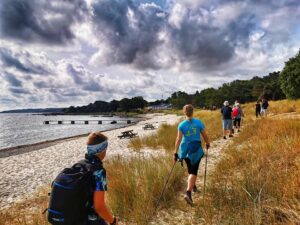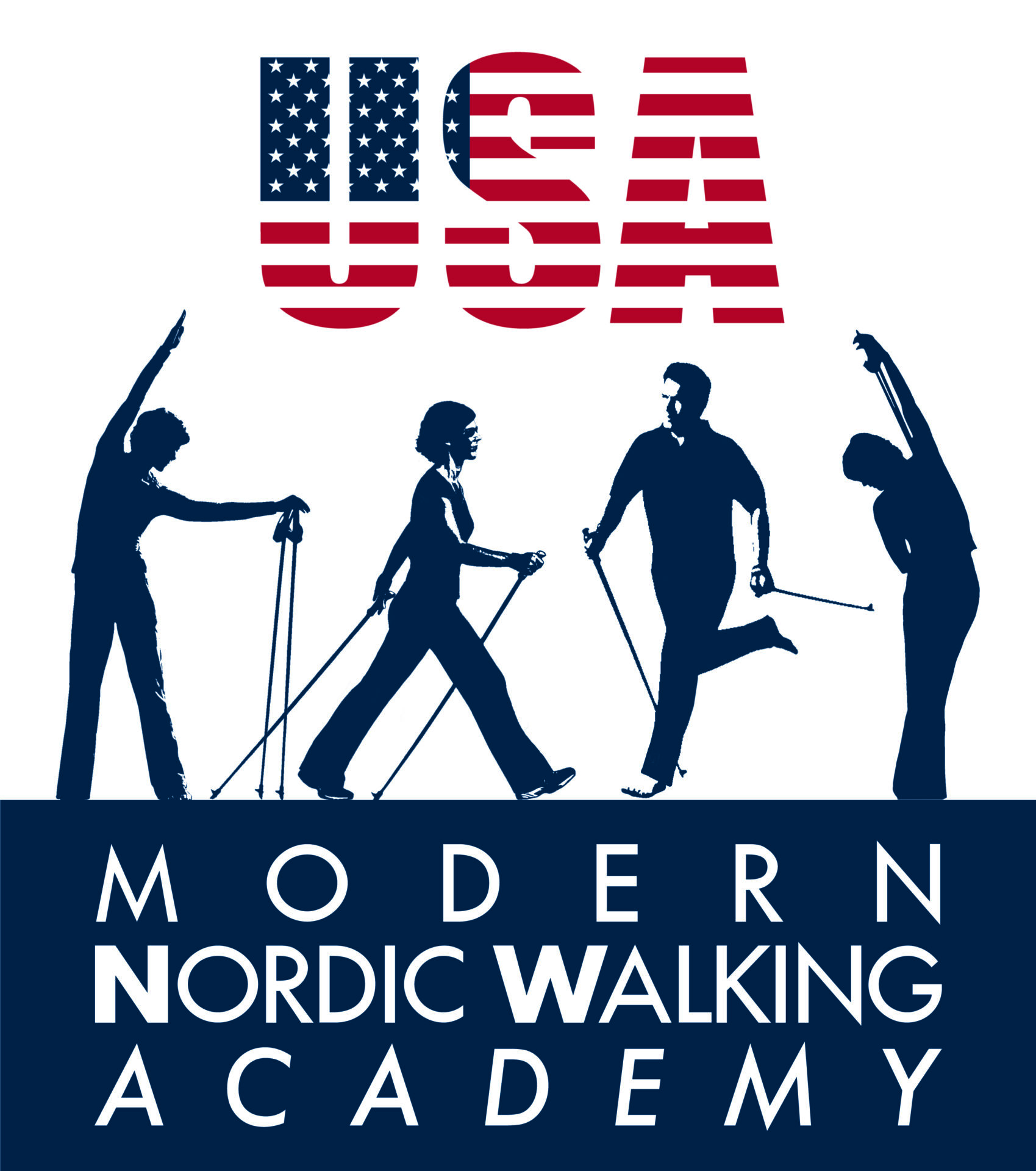
According to a study by J. Wilson in 2001, the use of poles allows patients to walk at a higher speed with reduced strain on the lower limb joints. Medicine & Science in Sports & Exercise. 33(1):142-147, January 2001.
In arthritis, Nordic Walking helps strengthen the muscle envelopes around the knee and hip joints and improves their mobility, which significantly contributes to overall relief.
The poles serve as support and confidence. Through proprioceptive exercises, the muscles around the joints can work with greater force, stabilizing the joints and relieving them of the burden. With these exercises, more muscle fibers are reflexively activated, helping the central nervous system find an optimal program to protect the joints.
Osteoporosis, prevention is ensured with the “Sixty Impacts” method. Dr. Pusch, a professor at the University of Graz, Austria, conducted an unpublished study to determine the effects of Nordic Walking on women with osteoporosis. Regular walking with poles increased the bone density of the hip joints and the spine in the participants. Dr. Pusch concluded that Nordic Walking is a valuable part of osteoporosis prevention and treatment.
More interesting artickles and researches:
Stability and trunk coordination…
Biomechanical loading of the lower limb…
